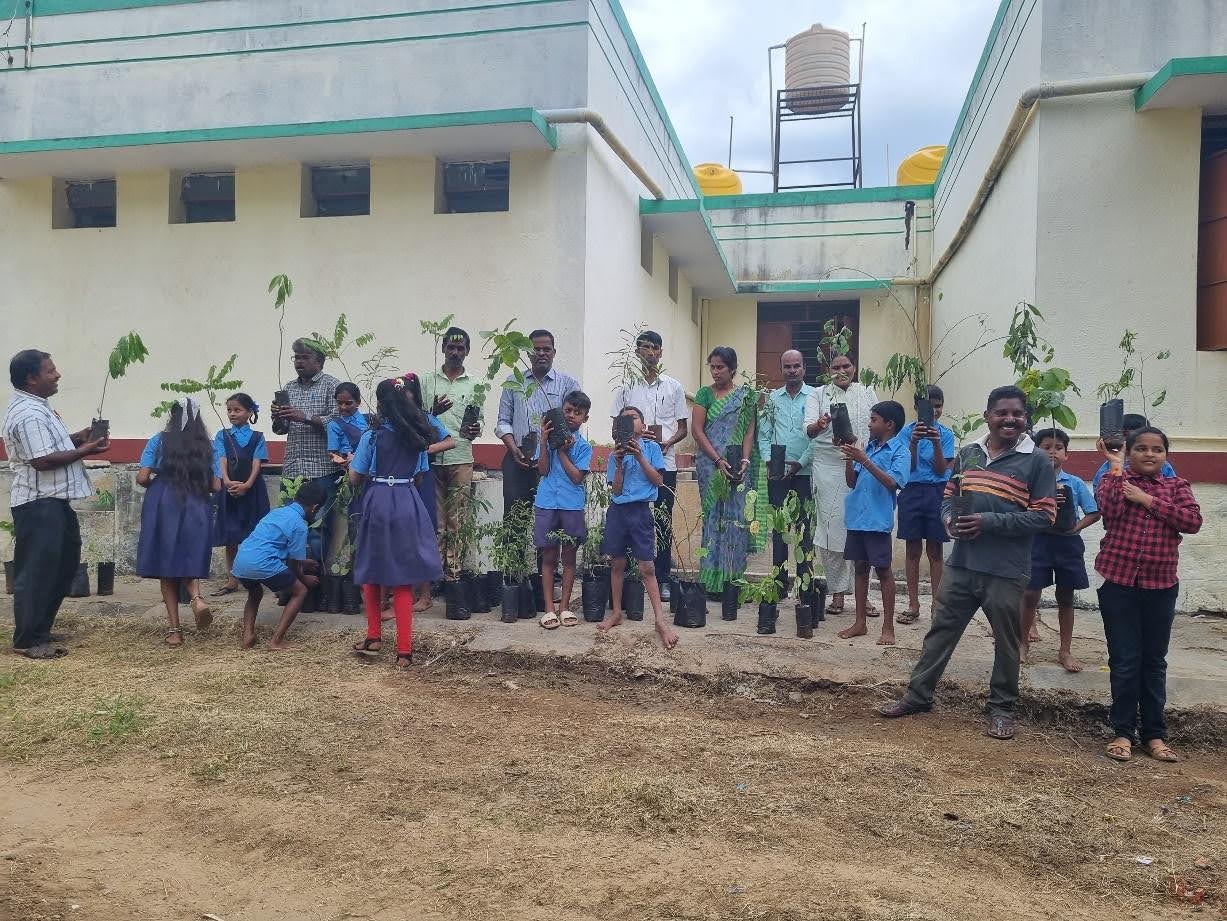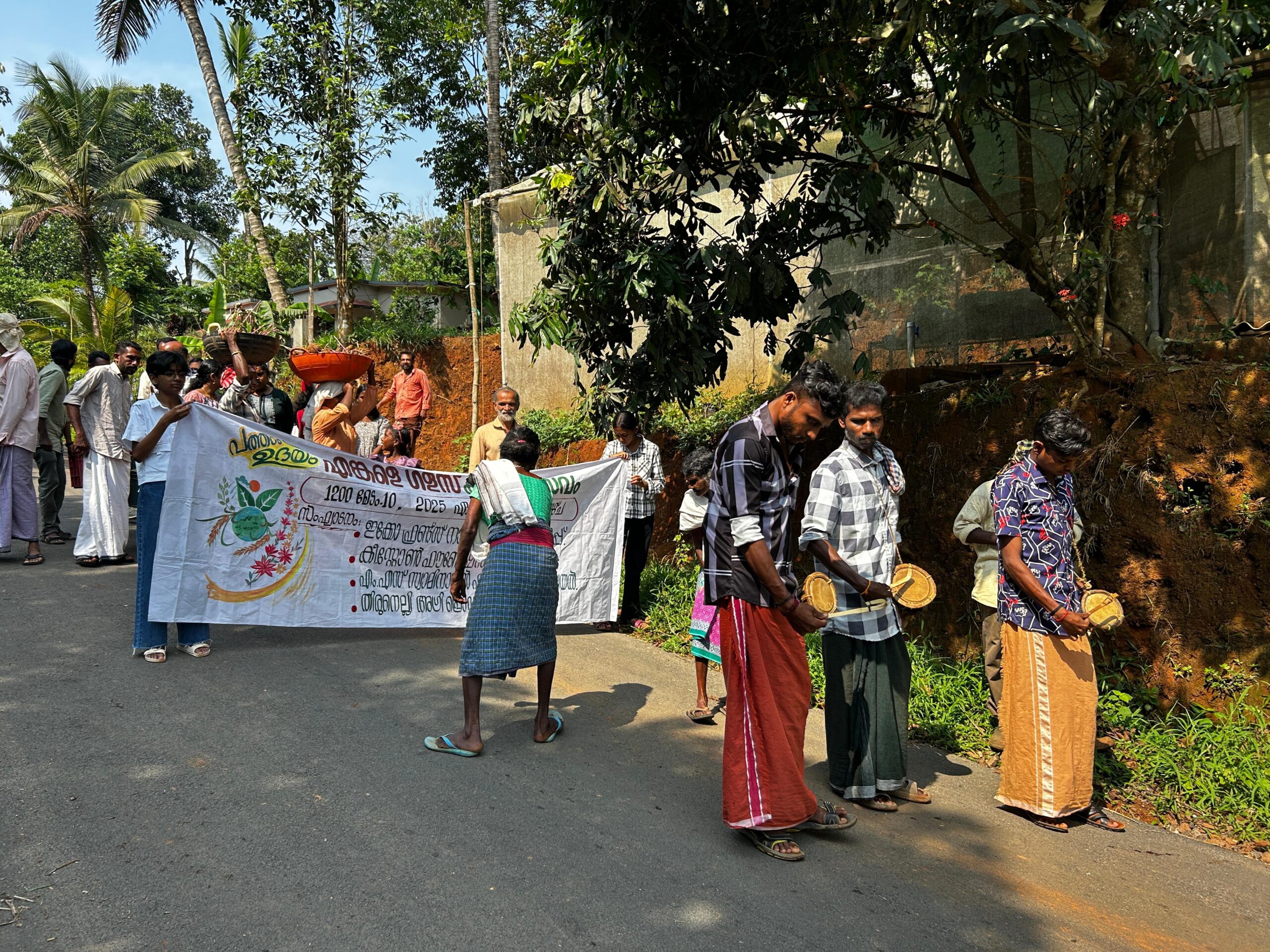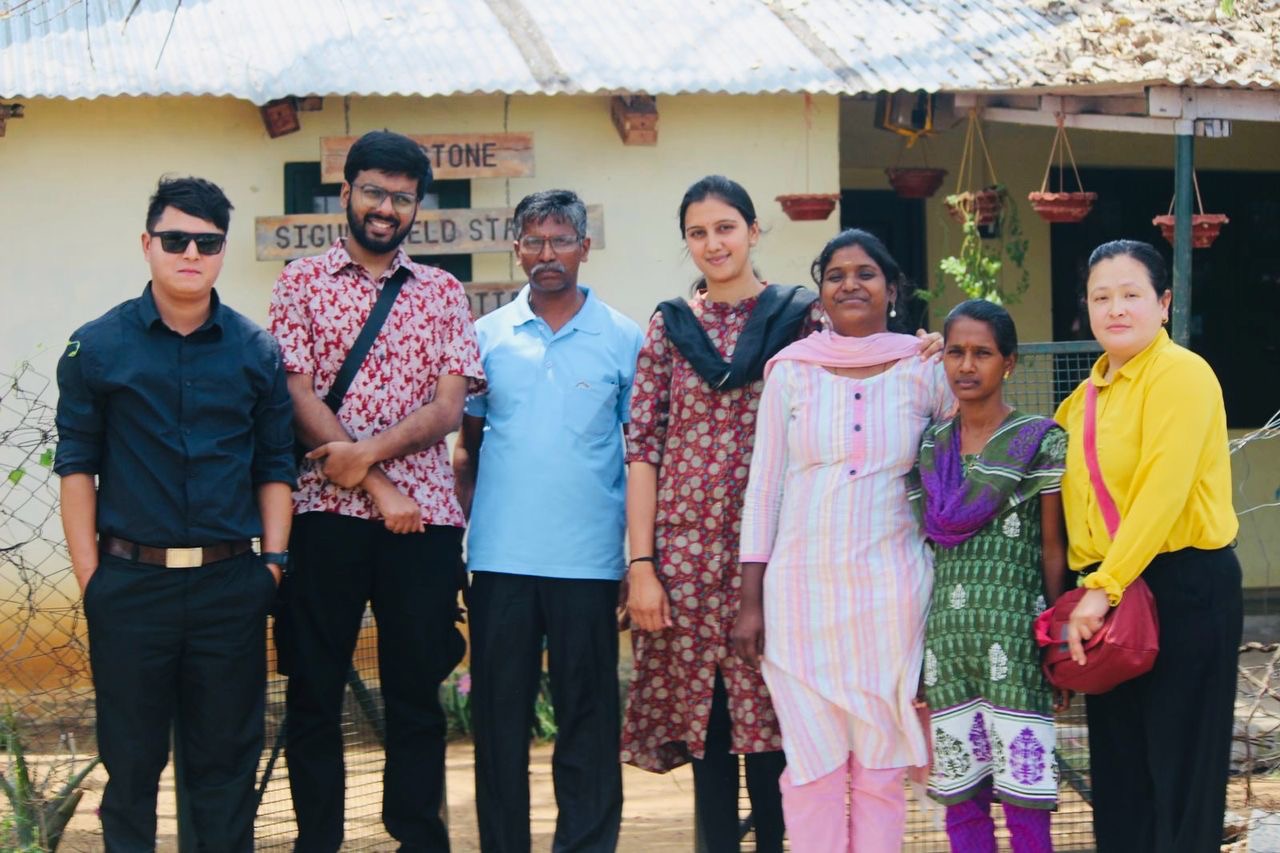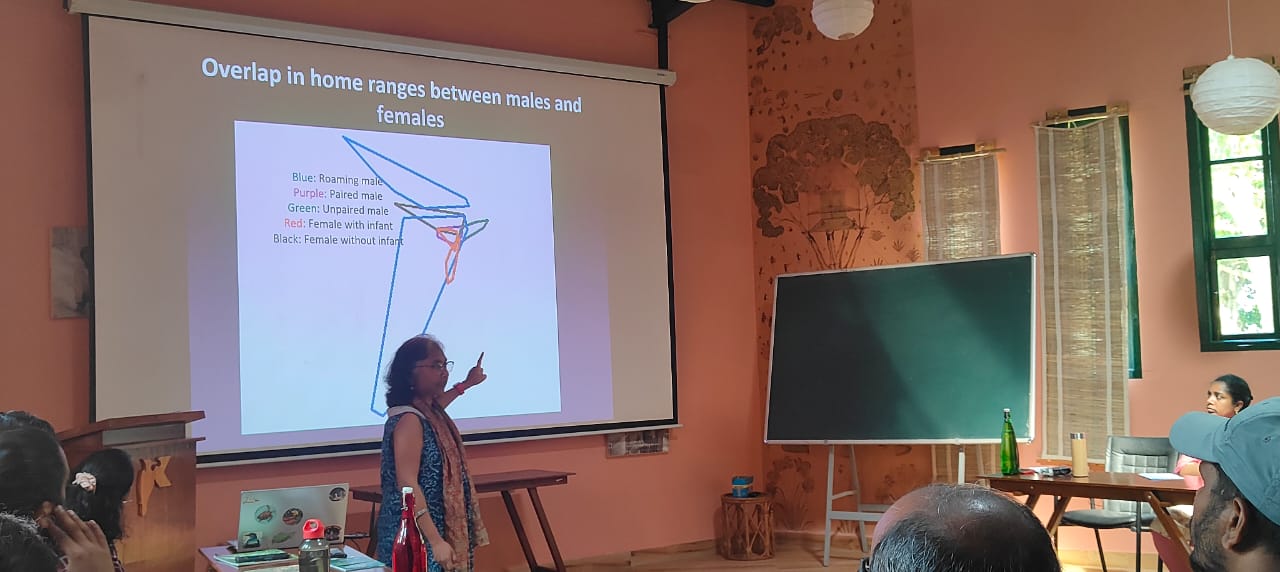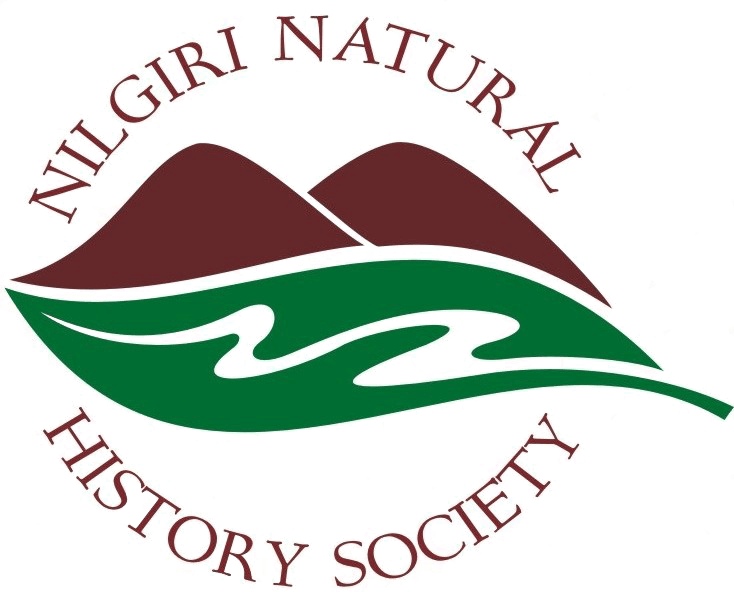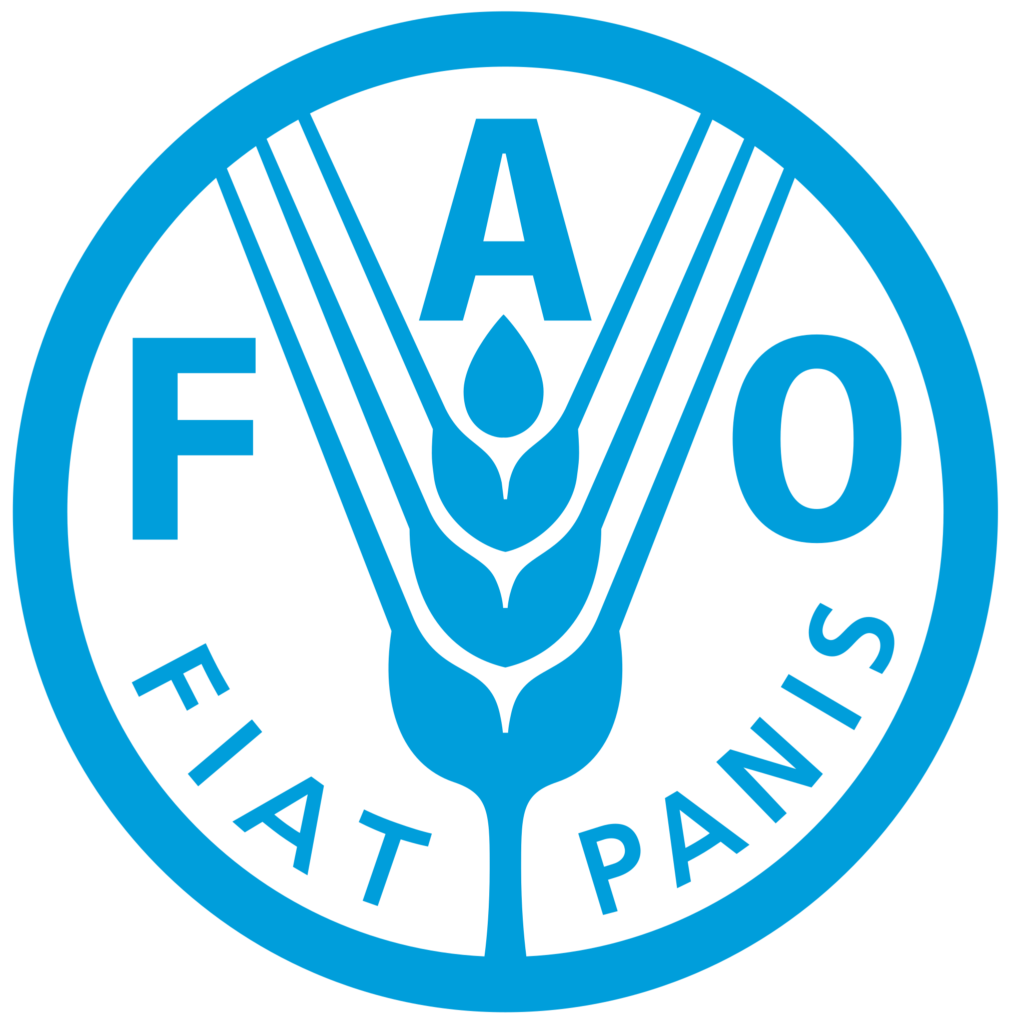By Vishnu N.M., Restoration Ecologist, Biodiversity Conservation
Header photo credit: Vishnu
We conducted this restoration program in the Hasanur area, at a local pond. We initially started to conserve the pond ecosystem in August, when we planted 40 native plants around the pond. Before we began restoration, the pond was surrounded by invasive species like Lantana camera and Parthenium. We removed the invasives with the support of the MGNRES scheme and planted native trees. There are a total of 100 native plants planted surrounding the pond under 17 species. To protect saplings from herbivores, Keystone provided the Mesh support, funded by Synchronoss Technology.
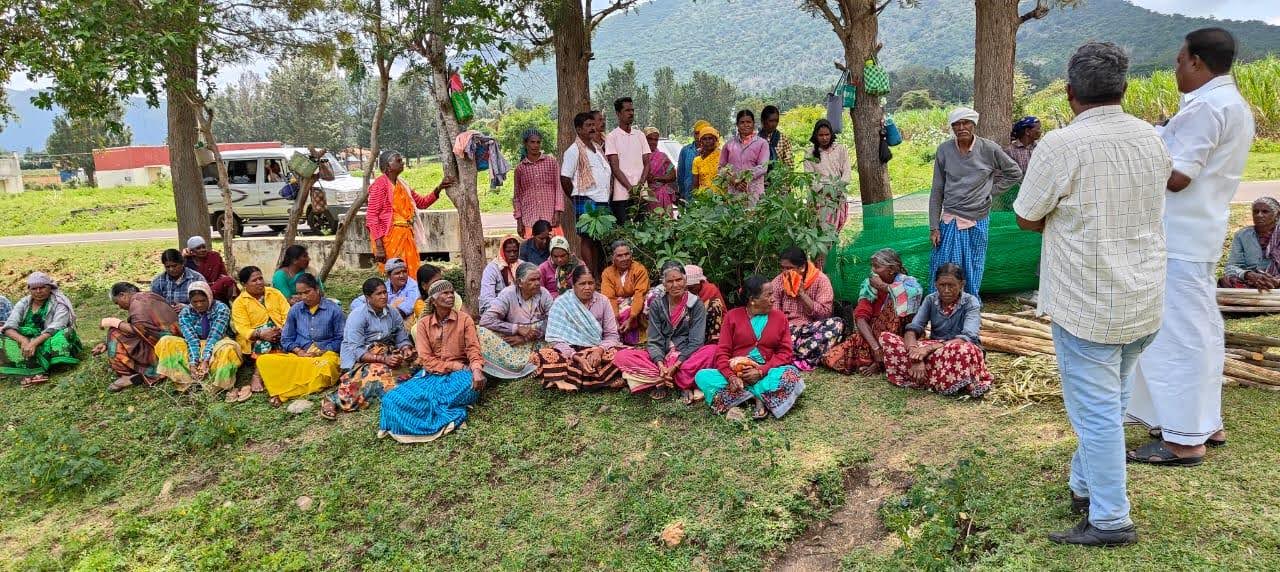
Keystone Foundation initiated the restoration idea with the support of Hasanur Panchayat and local and indigenous communities in the surrounding area. After planting, we tagged all plants for monitoring. We started planting in September with the help of villagers and the panchayat, when we put in 60 plants. In October, we planted the remaining 40 plants and provided fencing. Synchronoss Technologies supports the program. Major species include Pongamia pinnata, Bambusa bambos, Ficus racemosa, and Persea macrantha.
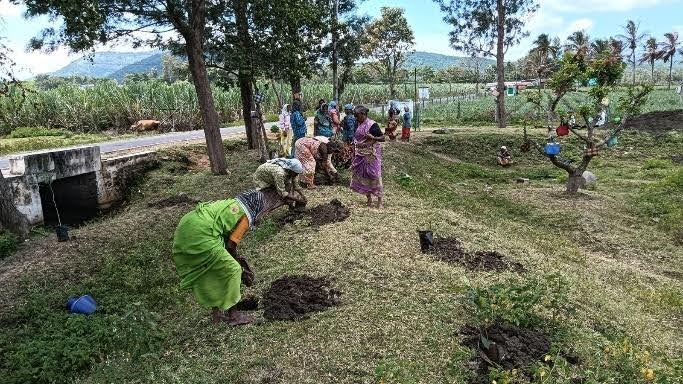
This is a community-based conservation initiative with the goal of community members continuing the future conservation and plant protection around the pond. Before restoration, this surrounding area was considered a wasteland, and some people used this place for other activities, such as alcohol consumption. Every year, migratory birds visit the pond, but there is currently only one tree inside the pond. Once our plants grow, it helps the birds and other biodiversity.
Tree Gardens with Schools in Punanjanur
In the Punanjanur area, we developed a unique conservation model centered around tree gardens. Specifically, we planted 110 saplings of 12 different species at Muneeswara Asrama School and 80 saplings of 15 species at Kumbaragudi Asrama School. The maintenance of these gardens will be carried out by the students and school authorities. All the plants have been tagged for monitoring. Key species include Pongamia pinnata, Ligustrum perrottetii, Persea macrantha, and Butea monosperma, among others.


